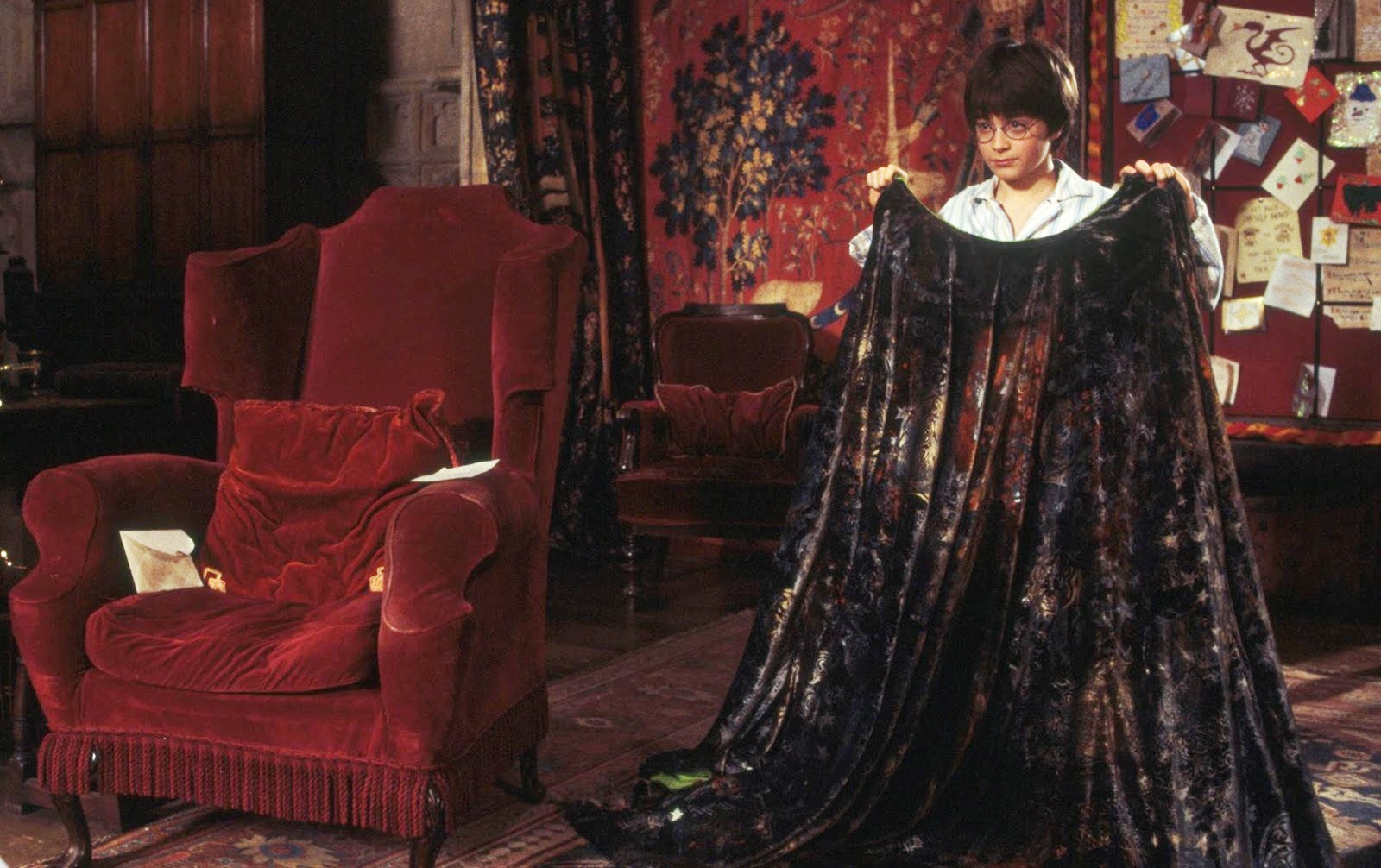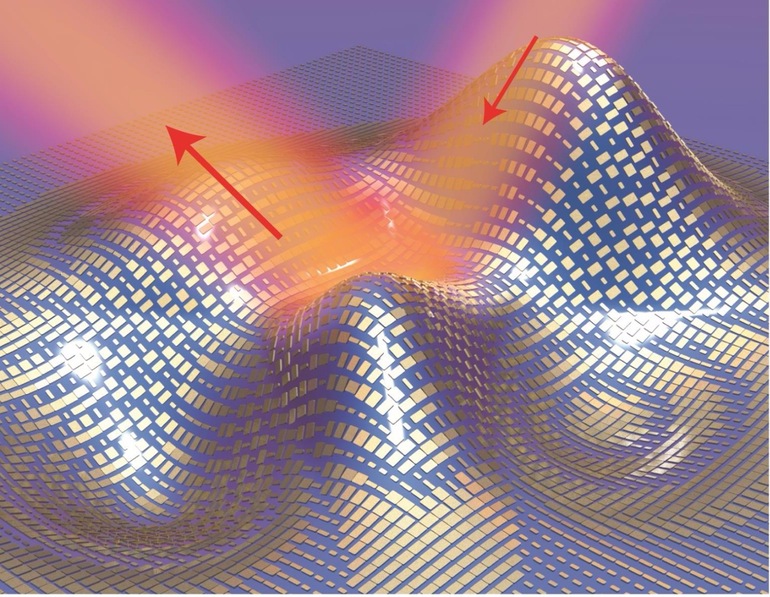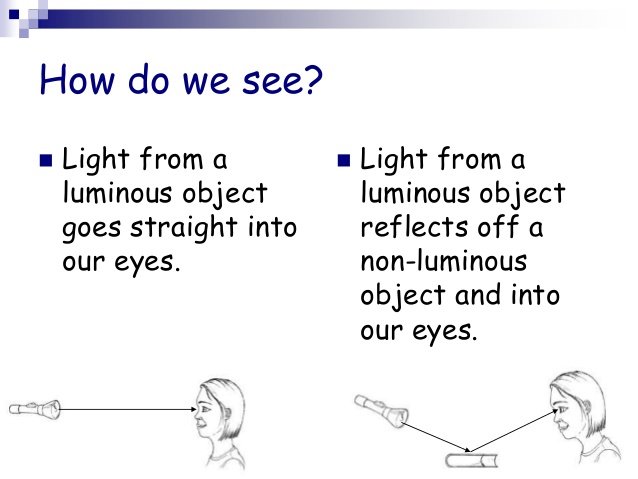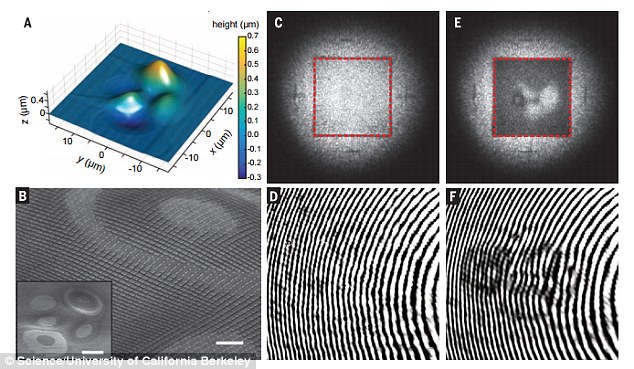
An invisibility cloak might be easy to come by if you are a young wizard like Harry Potter, but developing such a device for the real world has proven to be a challenging task for scientists. Over the years, there have been numerous attempts. While each version has been slightly better than the previous one, none has come even close to the original 'created' by J.K. Rowling.
That's because they have all focused on redirecting the light around the object being concealed. While the concept works theoretically, it is not practical given that one would have to carry around large heavy cloaks to hide single objects.

Now researchers from the University of California, Berkely, believe they may have solved the issue with a cloak that does not redirect the light. Made of a fragile metamaterial (materials engineered to have properties not found in nature), it instead scatters the incoming light. Since it is not as bulky as previous invisibility cloak concepts, the researchers think it will be easier to drag around.
Though that sounds complicated, the science behind it is quite simple. As you may already know when light is reflected off a three-dimensional object, it gets scattered, distorting the wavelength. This enables the human eye to discern the object's angles and curves and see it clearly.

The latest invisibility cloak prevents that from happening with the help of small nanoantennas that are made from miniature blocks of gold. They counteract the typical distortion of scattered light and make it appear as though the light is coming off a flat surface. To the onlooker, this creates an illusion that there is nothing there, effectively making the object 'invisible.'

But before you rush to add the cloak to your Christmas wish list, be warned that the prototype unveiled by the researchers on September 17th, measures a mere 1,300 square microns, about the size of a grain of sand.
Though team leader Professor Xiang Zhang is quick to reassure skeptics that the cloak can easily be scaled up, there are a few other issues that need to be addressed.
While the tiny prototype is flexible and can theoretically match the precise shape of an object, it may not readily adapt to a new item. For example, a mask made to make your face 'disappear' will not work for your best friend since his/her facial contours are very different from yours.
Then there is also the issue that the 'cloak' currently only works for certain wavelengths of light. To make it a versatile invention, the researchers will have to devise a way for it to be effective across the light spectrum.

Boubacar Kante, an electrical engineer at University of California, San Diego, who is working on a similar concept, says that he is not a fan of using metallic materials. According to the researcher, metals absorb the optical wavelengths of light, making the object they are covering appear darker than its surroundings. This contrast of light and dark can make the concealed object stand out, defeating the purpose of the cloak.
If researchers are able to address these issues, the potential for such technology goes way beyond what J.K. Rowling had envisioned when she came up with the idea. In addition to making objects invisible, it could be used to design cars that feature fewer blind spots. The technology could also be used in reverse to create Holograms by transforming flat images to three-dimensional ones.
Whether the most recent rendition is the 'one' remains to be seen. However, with some of the world's finest minds working on this challenge, one thing is for sure - An invisibility cloak similar or even better than the one Harry Potter had is lurking somewhere in our distant future!
Resources: Gizmag.com, LAtimes.com, Harrypotter.wikia.com